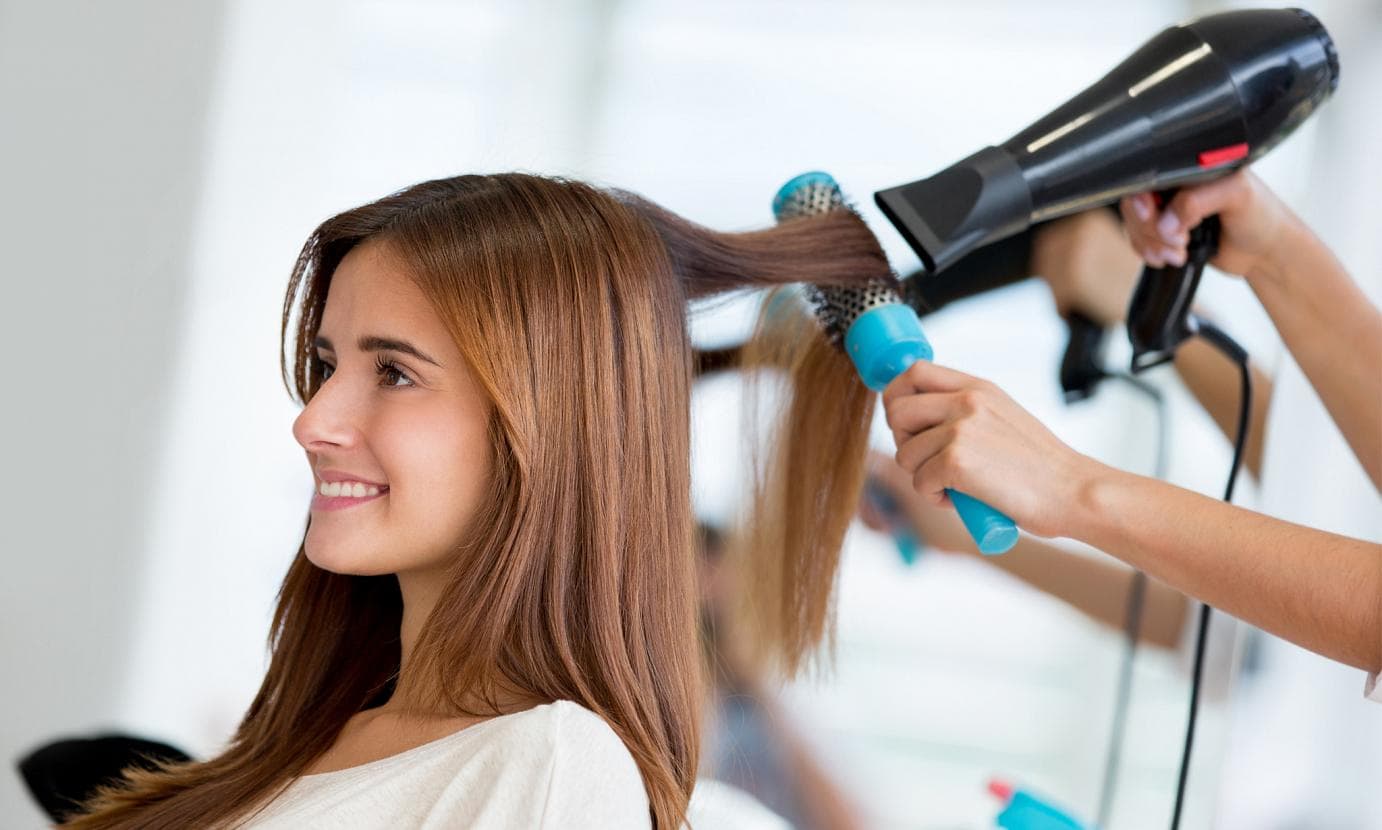[broadstreet zone=”52093″]
BOSTON – The Baker-Polito administration announced today, May 18, that hair salons and barber shops could re-open under phase 1, but some strict safety protocols. These businesses are allowed to open on May 25.
In order to open on May 25, some mandatory safety, social distancing and hygiene protocols must happens.
Hair services only will be allowed which include haircuts, color, blow drying and treatments.
Non-hair services are not permitted (eyebrows, beard trimming, lip waxing, manicures, etc.)
[broadstreet zone=”53820″]
Hair salons and barber shops will need to close waiting areas and ask customers to wait outside or in cars until it is time for their appointment
Customers will be required to make an appointment in advance to receive service. No drop-in services.
Salons & barner shops must maintain a log of workers and customers to support contact tracing (name, date, time, contact information) if needed
All non-essential amenities like magazines, customer-facing water or coffee, coat rooms, will need to be removed from the business.
[broadstreet zone=”80100″]
Below are some additional guidelines set by the Commonwealth of Massachusetts:
Arrange chairs so work areas are spaced out at least 6 feet apart
Install visual markers to encourage customers to remain at least 6 feet apart
Stagger lunch and break times, regulate the maximum number of people in one place and ensure at least 6 feet of physical distancing
Close or reconfigure worker common spaces and high density areas of facilities where workers are likely to congregate (e.g., break rooms,
eating areas) to allow 6 feet of physical distancing
Require face coverings for all customers and workers, except where an individual is unable to wear a face covering due to a medical
condition or disability
Require workers to wear gloves, gowns or smocks, and prescription glasses, safety glasses or goggles
[broadstreet zone=”58610″]
Improve ventilation for enclosed spaces where possible (e.g., open doors and windows)
Install physical partitions between workstations where feasible (must be taller than a standing worker)
Contactless payment methods are encouraged
Ensure access to handwashing facilities on site, including soap and running water, and allow sufficient break time for workers to wash hands frequently; alcohol-based hand sanitizers with at least 60% alcohol may be used as an alternative
Supply workers at workplace location with adequate cleaning products (e.g., sanitizer, disinfecting wipes)
Require glove changes and handwashing before and after each customer
Do not permit sharing of tools and supplies between workers (shears, combs, brushes, etc.)
[broadstreet zone=”59983″]
Use clean capes for each customer
Workers should change into a clean smock or gown between each client. Consider using disposable capes and smocks. Reusable capes, towels, gowns should be laundered between each use
Disinfect all tools between customers
Post visible signage throughout the site to remind workers and clients of hygiene and safety protocols
Adjust workplace hours and shifts (working teams with different schedules or staggered arrival / departure) to minimize contact across workers and reduce congestion
[broadstreet zone=”59984″]
All workers must stay home if feeling ill
If the employer is notified of a positive case at the workplace, the employer shall notify the Local Board of Health (LBOH) and work with them to trace likely contacts in the workplace and advise workers to isolate and self-quarantine. Testing of other workers may be recommended consistent with guidance and / or at the request of the LBOH Post notice to workers and customers of important health information and relevant safety measures as outlined in government guidelines
Conduct frequent cleaning and disinfection of site (at least daily, and more frequently if feasible)
[broadstreet zone=”70106″]
Keep cleaning logs that include date, time, and scope of cleaning
Conduct frequent disinfecting of heavy transit areas and high-touch surfaces (e.g., doorknobs, rolling carts, bathrooms)
In event of a positive case, shut down site for a deep cleaning and isinfecting of the workplace in accordance with current CDC guidance
Disinfect tools between customers (e.g., shampoo bowls, chairs and headrests, shears, combs, brushes, razors, styling tools)


